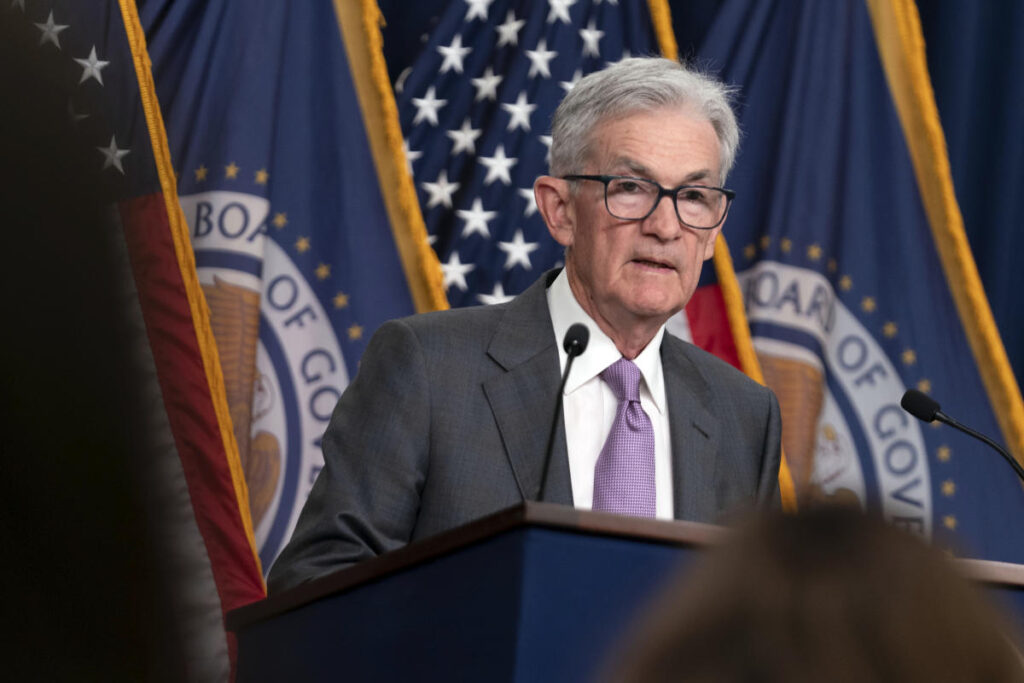The Federal Reserve, or “the Fed,” serves as the central bank of the United States and exerts significant influence over the nation’s monetary policy, particularly through the setting of interest rates. A critical function that the Fed performs is the determination of the federal funds rate, which directly impacts the interest rates Americans encounter on savings and borrowing, including mortgages. However, rather than establishing specific mortgage rates, the Fed’s adjustments to the federal funds rate influence broader financial conditions in the economy. A rise or fall in the rates encourages shifts in consumer behavior regarding spending and borrowing. Understanding this intricate relationship can empower consumers to make informed decisions when buying or refinancing homes.
To simplify how the Fed operates, one can liken the U.S. economy to a farm and the Fed to a farmer managing water supply—symbolizing money and credit. Just as a farmer must balance water levels to ensure crops thrive without drowning them, the Fed aims to maintain equilibrium in the economy. When economic activity slows, the Fed lowers interest rates to stimulate spending by making borrowing cheaper. Conversely, if spending leads to inflation, the Fed raises rates to moderate growth and encourage saving. This careful calibration of the money supply is essential to fostering a robust economic environment, promoting job creation, and avoiding the pitfalls of recession or high inflation.
The federal funds rate acts as a benchmark interest rate and influences a wide range of financial products, reflecting its role in the economic landscape. Although the connection is not as direct for mortgage interest rates, there is a notable correlation. For example, when interest rates are lowered, consumers are likely to see reduced borrowing costs. However, during periods of rising rates—such as observed in mid-2023—the effects ripple throughout the economy. By the end of 2024, the Fed had increased the federal funds rate, as inflation necessitated tighter monetary policy, leading to higher costs for homebuyers regarding mortgages.
Despite the complex dynamics involved, the trend generally indicates that mortgage rates decrease when the Fed cuts interest rates. However, external factors, including economic forecasts and political uncertainties—especially surrounding the recent presidential elections—can complicate these outcomes, making it challenging to predict future trends reliably. Investors, for example, may adjust their expectations based on potential actions by the newly elected president, which can, in turn, affect interest rates and yields on government securities such as the 10-year Treasury note.
Given these economic nuances, consumers must focus on aspects they can control rather than the variables dictated by the Fed or macroeconomic conditions. When considering purchasing or refinancing a home, comparing offerings from various lenders, scrutinizing interest rates, and evaluating closing costs can yield significant benefits. For first-time homebuyers, adjustable-rate mortgages have the potential to provide cost-effective opportunities, particularly as rates trend downward. However, those who prioritize stability may prefer fixed-rate loans which offer predictability over time.
Ultimately, the decisions surrounding home financing hinge on individual circumstances, financial needs, and market conditions. The upcoming trends in interest rates will certainly play a substantial role in shaping consumers’ mortgage choices, and while adjustments by the Fed can set a general tone for the economy, personal financial needs should remain central in determining the right course of action. Understanding how these interconnected elements function together will enable consumers to navigate the landscape of borrowing and make the best financial choices moving forward.

